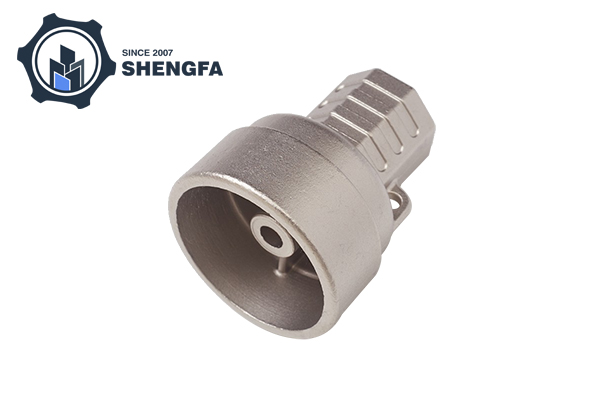Here are key points to understand about investment casting parts
2023-10-18
Investment casting, also known as lost-wax casting, is a manufacturing process used to create intricate and complex parts with high precision and surface quality. Investment casting is especially suitable for producing parts with intricate details, thin walls, and complex geometries that may be difficult to achieve using other manufacturing methods. Here are key points to understand about investment casting parts:
1. Process Overview:
- Pattern Creation: The process begins with creating a wax or other pattern that replicates the final part's shape. This pattern is coated with multiple layers of a ceramic or refractory material to form a ceramic shell around it.
- Wax Removal: The ceramic-coated pattern is heated to melt and remove the wax, leaving behind a hollow ceramic shell mold with the internal geometry of the part.
- Mold Preheating: The ceramic shell mold is preheated to a high temperature to strengthen it and remove any remaining moisture.
- Metal Pouring: Molten metal (typically non-ferrous alloys such as aluminum, bronze, or stainless steel) is poured into the preheated ceramic mold. The metal fills the cavity and takes the shape of the original wax pattern.
- Cooling and Shell Removal: The metal cools and solidifies in the mold. Once solidified, the ceramic shell is broken or dissolved to reveal the cast metal part.
- Finishing: The cast part is removed from the mold, and any necessary finishing operations such as cleaning, machining, and surface treatment are performed.
2. Advantages:
- Complex Geometries: Investment casting can create intricate and complex shapes, including thin walls, undercuts, and fine details.
- Surface Finish: Investment casting produces parts with excellent surface finish, reducing the need for extensive post-processing.
- Material Variety: A wide range of materials can be used, including various metals and alloys, to meet specific mechanical and performance requirements.
- Low Material Waste: The process minimizes material waste compared to traditional machining methods.
- Near Net Shape: Investment casting often produces parts close to the final shape, reducing the need for extensive machining.
3. Applications:
- Investment casting is used in industries such as aerospace, automotive, medical, jewelry, and more, where precision and complex shapes are crucial.
- Common applications include turbine blades, jewelry, aerospace components, medical implants, and industrial machinery parts.
4. Design Considerations:
- Design for investment casting involves considering factors like draft angles, wall thickness, parting lines, and material shrinkage to achieve successful castings.
- Tight tolerances and complex features may require additional considerations during the design phase.
5. Quality Control:
- Investment casting parts undergo quality control measures such as dimensional inspections, material testing, and visual inspections to ensure they meet specifications.
Investment casting is a versatile and precise manufacturing method suitable for producing high-quality parts with complex geometries. Working with experienced investment casting manufacturers and considering design considerations are essential to achieving successful and cost-effective castings.



